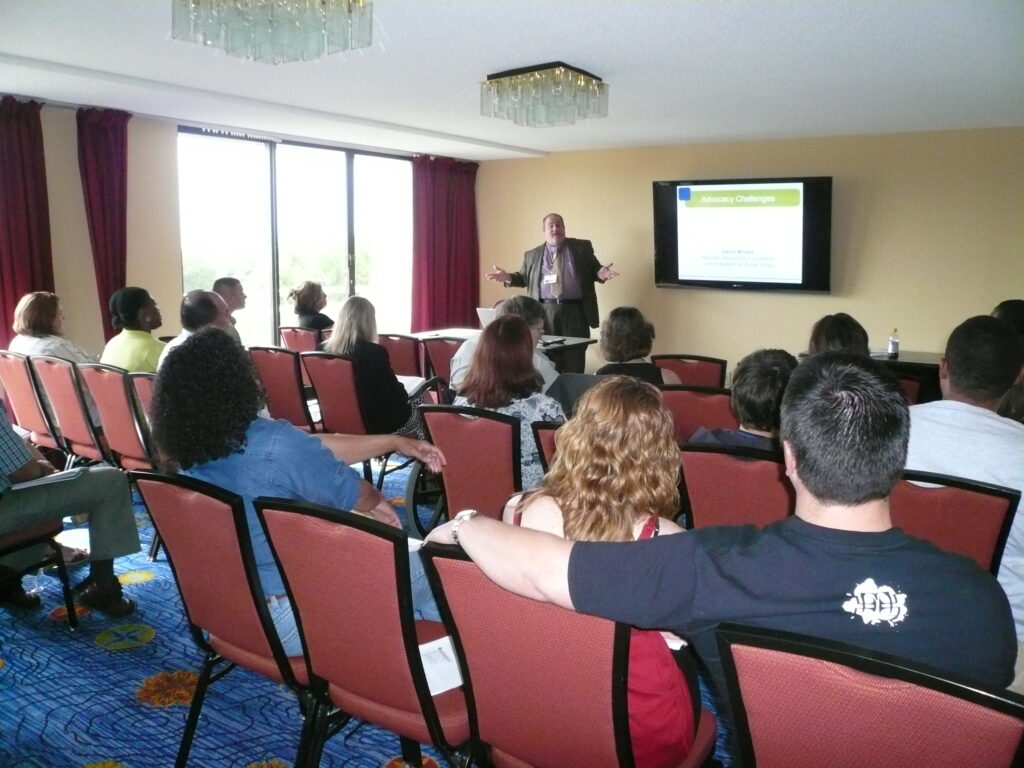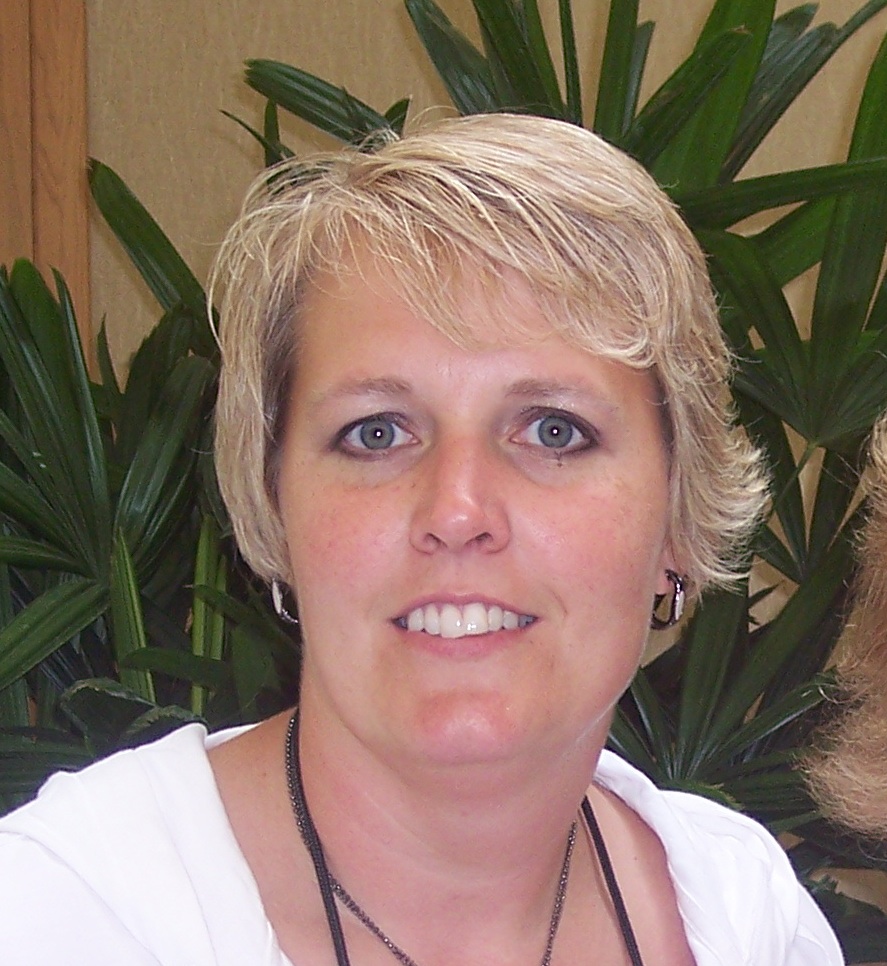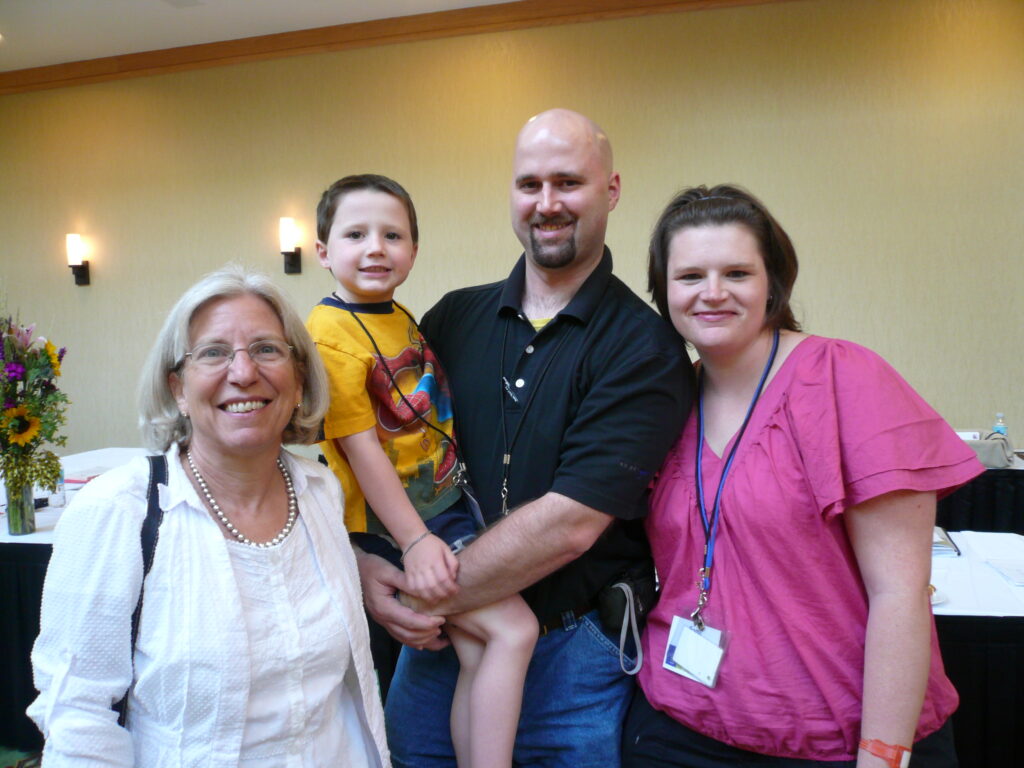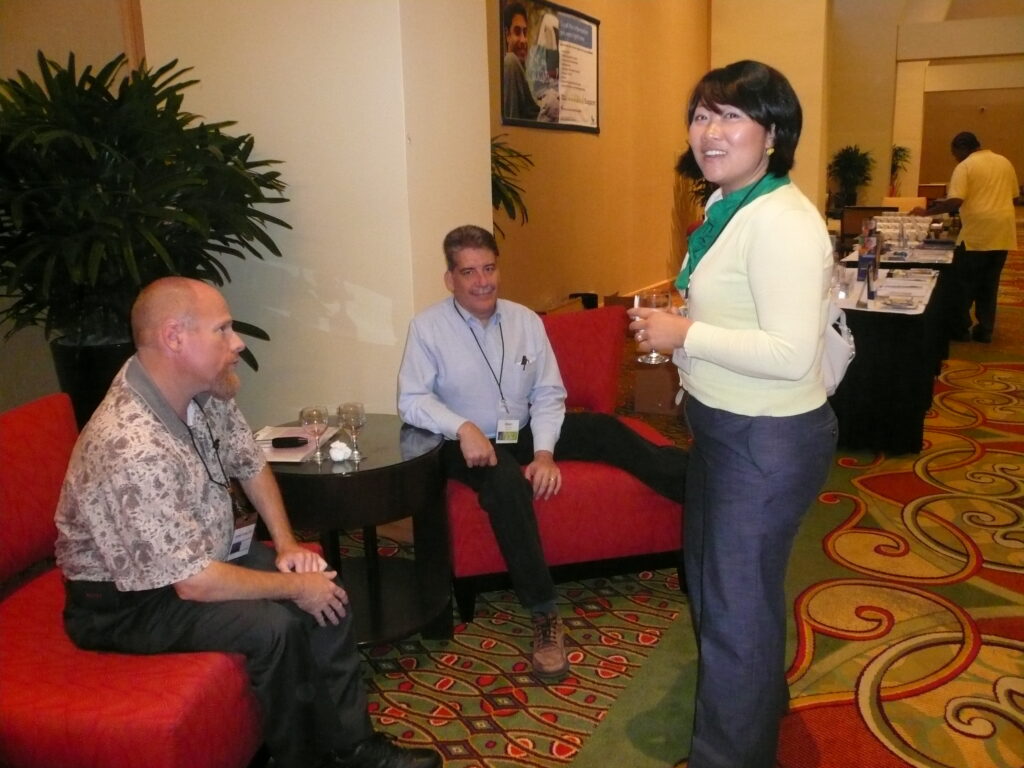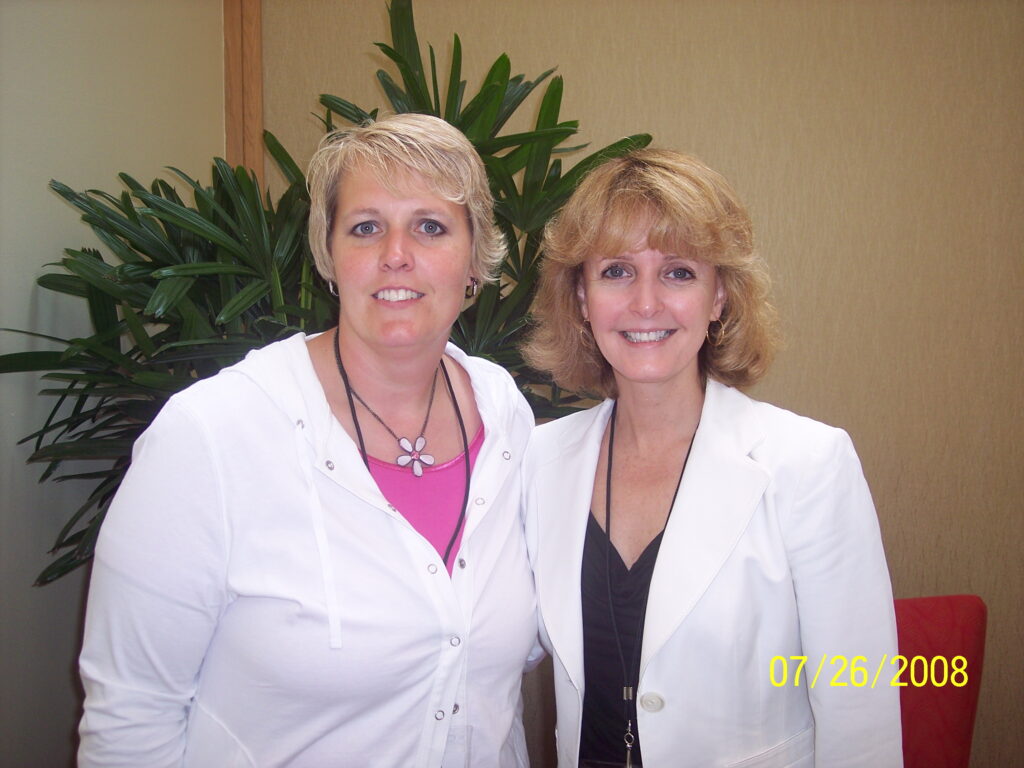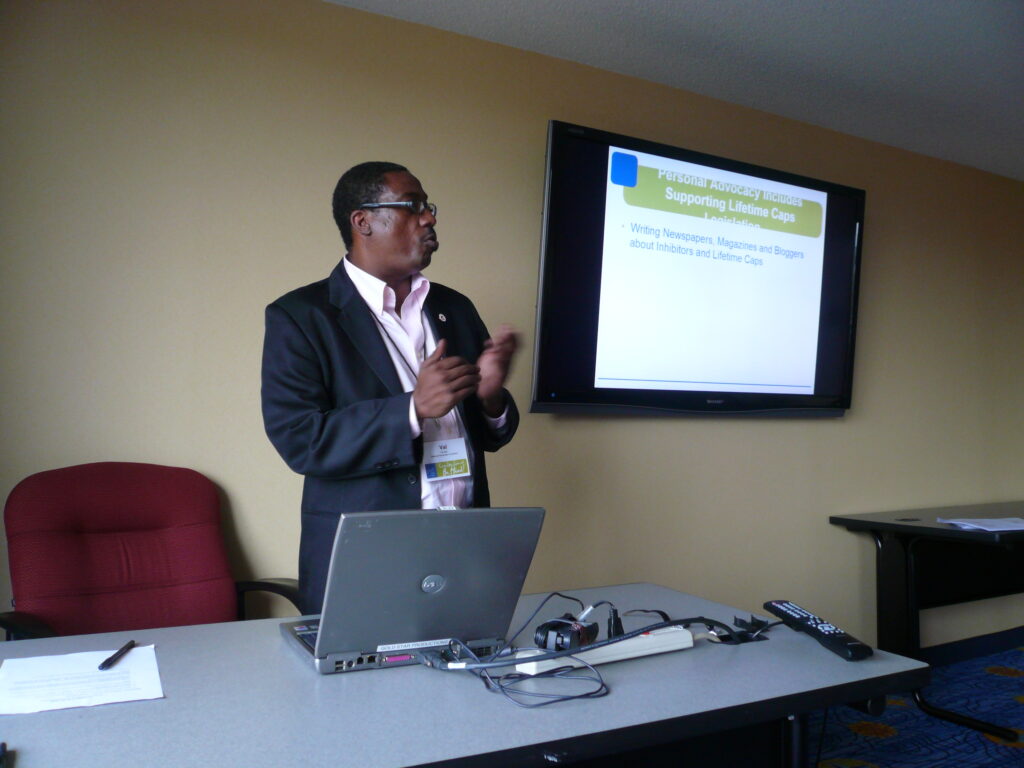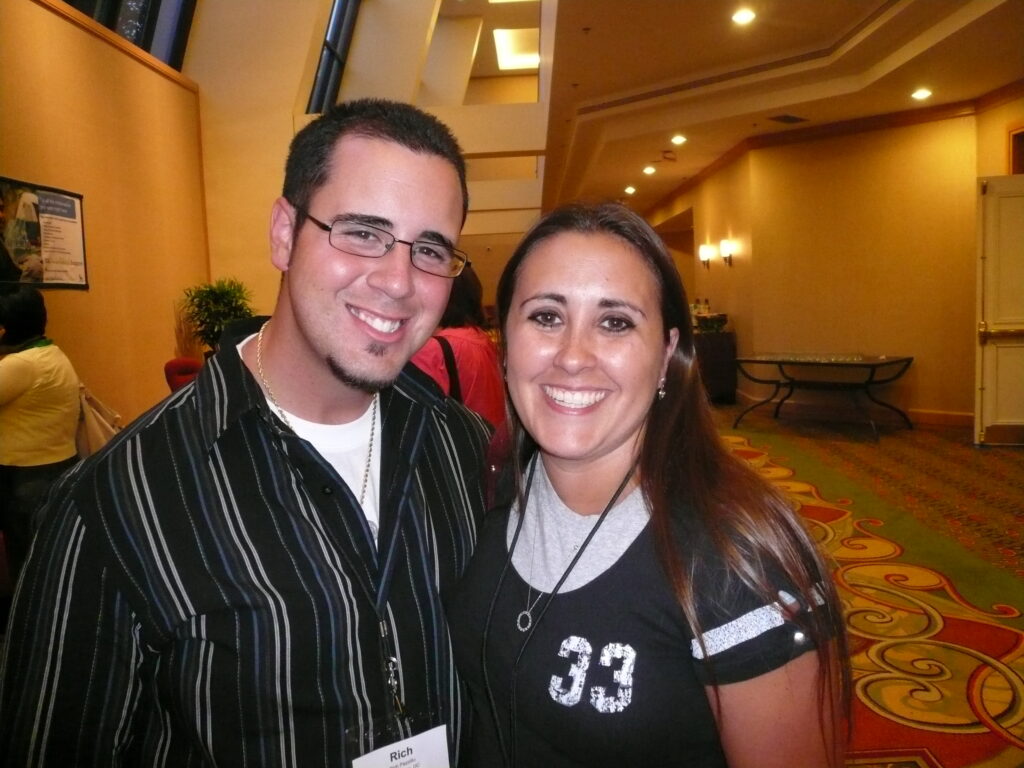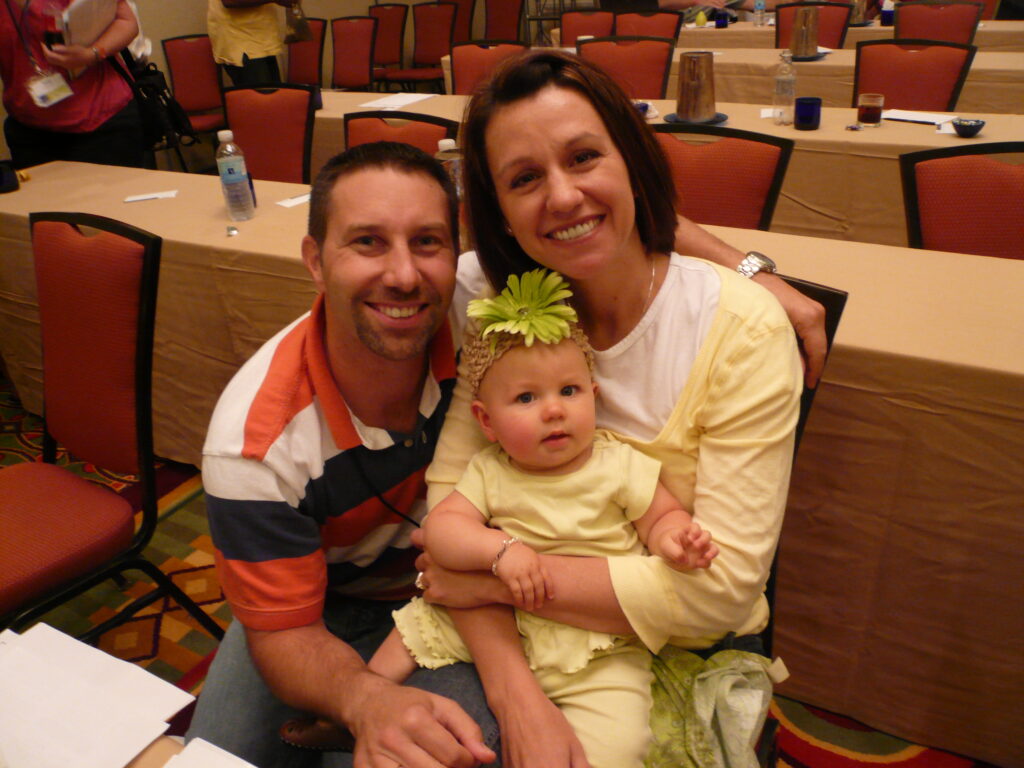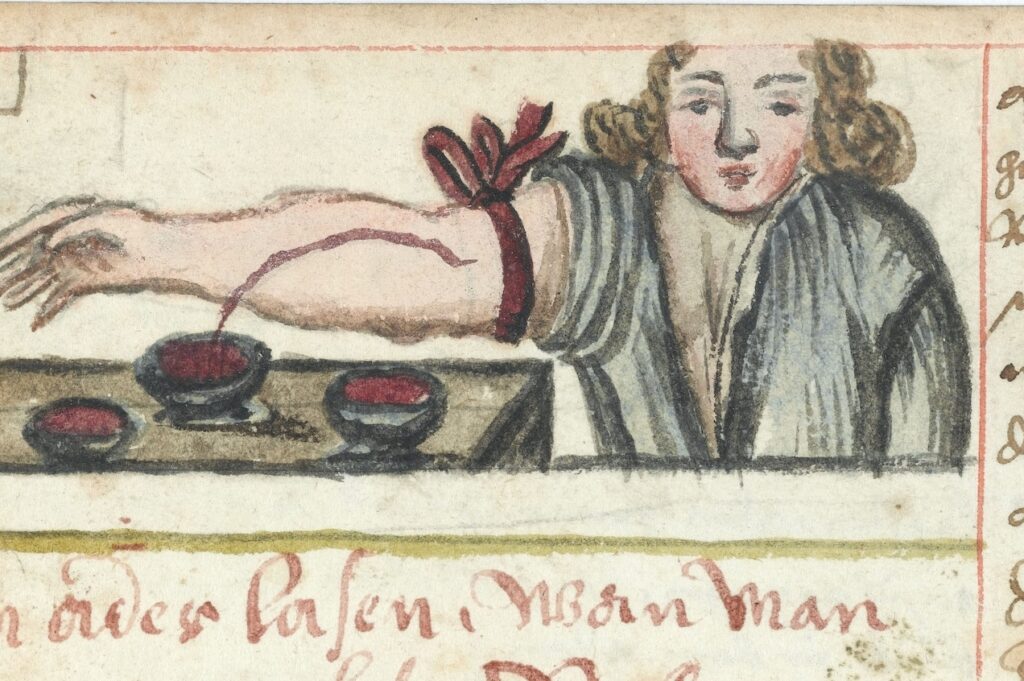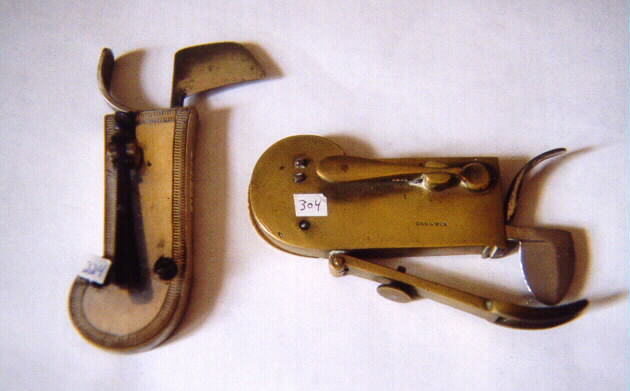Inhibitor Summit 2008
The very successful Inhibitor Summit meeting took place this past week and weekend in Denver, Colorado. Over 80 families from all over the US attended to learn about inhibitors, current research, and treatment and insurance information. If you’ve never been with a group of inhibitor patients, you’d be amazed at their level of knowledge and expertise. I guess they have to learn fast, given the nature of the disorder, which is a severe complication of hemophilia.
I arrived a day early to help facilitate the Novo Nordisk Consumer Council, which is comprised of patients with inhibitors and parents of children with inhibitors. It’s a wonderful chance for the patient community to give direct feedback to Novo Nordisk, and to learn in detail about the company’s philosophy, products and ideas. The Council actually helps to shape some of the educational material coming from Novo Nordisk. Working from 8 am to 4 pm, with only a ten-minute break, we really accomplished a lot and learned a lot!
The Summits just keep getting better and better. Dr. Guy Young from Children’s Hospital, Los Angeles, moderated the panel speakers and also gave an excellent overview on inhibitors. He focused on differences between FEIBA and NovoSeven, the two main treatment options for inhibitor bleeds, their efficacy and safety, dosing regimens. Most exciting were the slides showing how effective it is to use these products prophylactically to prevent bleeds. Dr. Steven Pipe gave a very insightful yet understandable presentation on the future of inhibitors: what’s being worked on now around the world–very exciting things. I’m saving what I learned to publish in PEN soon.
I attended a few other sessions: Regina Butler, RN of Philadelphia, and Angela Forsythe, PT, teamed up to give a dynamite presentation on joint disease. This is especially important for those with inhibitors due to the excessive bleeding they face. Angela stressed the important role physical therapy and exercise play in rehabilitating joints. Stopping the bleeds is not the only thing we have to worry about; we need to ensure the joints are cared for to help prevent future bleeds, and future deterioration. Excellent presentation.
There were other talks on pain management, prophylaxis, and central venous access devices. Again, CVADs are very important to inhibitor patients because when they have Immune Tolerance Therapy, they are being infused daily, sometimes for months! Vein access is extremely important.
I was honored to give a presentation along with Glenn Mones, VP Advocacy for the National Hemophilia Association, and Val Bias, colleague, friend and new CEO of NHF. We spoke about the changing insurance scene, what’s causing the changes, how we can advocate to slow down change and ensure we get the insurance coverage we need for these high cost, but life-saving products. (You should know that NHF is working hard to get a bill introduced to raise life-time maximums; go to www.hemophilia.org to learn more. They need your help!)
Novo Nordisk provided a grant to support the Summit, and it was great to see so many families returning from previous Summits. The event was planned and carried out by the amazing staff at CBCE. Thanks to everyone for making this event successful, useful and possible. If you have inhibitors, come to a Summit! The next one is in October in Birmingham, Alabama. If you know of someone with inhibitors, encourage them to register. The trip is free, and the knowledge gained is priceless.
(Photos: Rich Pezzillo and Sasha Cheatham; Dr. Manco-Johnson with the Wilkes family; Glenn Mones of NHF gives presentation; Kari Atkinson of Iowa and Laurie; Val D. Bias)
Great Book I Just Read: Miracle in the Andes by Nano Parrado
I had already read the book Alive by Piers Paul Read, and seen the movie, but they pale in comparison to this account, published 35 years later, in 2007, by the young man who actually walked out of the Andes, after 72 days in the most horrific conditions you can imagine. I could not put this book down. In 1972, a chartered plane crashed in the Andes, with a rugby team from Uruguay, which had been en route to Chile. The players were just boys, aged 17-21 mostly. How they survived and how they escaped is one of the greatest survival stories of all time. But this is a story of leadership, primarily, teamwork, and faith. After you read this, you might believe anything is possible. An enthusiastic four stars!
